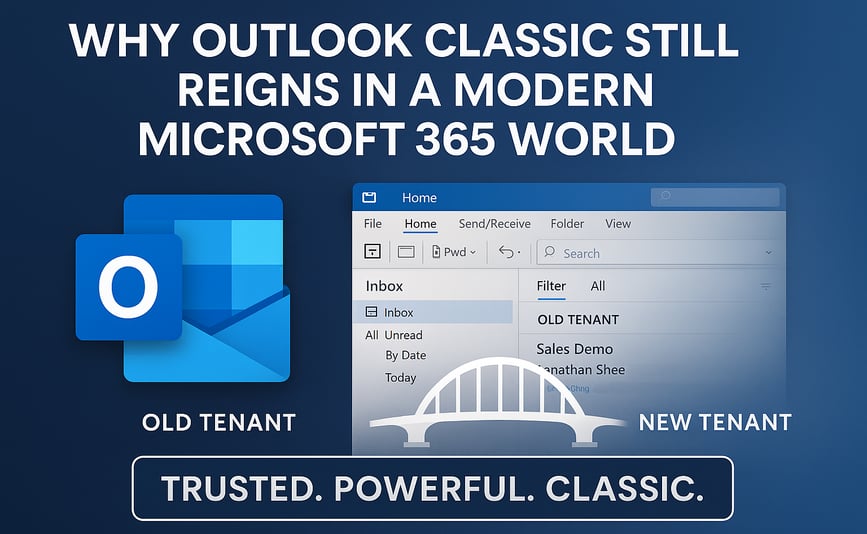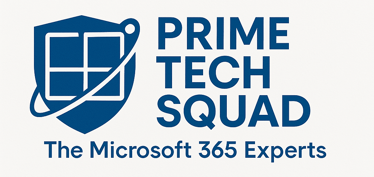Microsoft Outlook Classic: The Powerhouse Email Client That’s Still Got It
Explore why Microsoft Outlook Classic remains a trusted productivity powerhouse for professionals. From offline access and advanced inbox rules to seamless Microsoft 365 integration, discover how this desktop client continues to deliver in a cloud-first world.
Hasmukh Solanki
6/28/20252 min read


In today’s fast-paced, cloud-first world, businesses are constantly adapting to new tools, integrations, and platforms to stay productive. Amid all the innovation, one tool remains a cornerstone of professional communication: Microsoft Outlook Classic.
While Microsoft continues to roll out its unified Outlook experience across platforms, Outlook Classic—the tried-and-true desktop client—holds its ground as a productivity giant for countless users. At Prime Tech Squad, we believe it's more than just an email app; it's a workflow engine, a collaboration hub, and a comfort zone for enterprise users navigating Microsoft 365 environments.
What Makes Outlook Classic... Classic?
Outlook Classic, part of Microsoft 365 Apps for enterprise or business, offers the familiar interface users have relied on for years, but behind the scenes, it’s packed with serious power:
Full Offline Functionality: Access your email, calendar, contacts, and notes even when the internet isn't available—essential for remote or on-the-go work.
Advanced Rule Creation: Automate inbox management with layered conditions, exceptions, and folder-based workflows that go far beyond what web-based clients typically offer.
PST/OST File Management: Gives IT admins control over data archiving and local storage—ideal for backup, compliance, and hybrid infrastructure.
Deep Microsoft 365 Integration: Sync tasks, appointments, and shared calendars across Teams, SharePoint, and OneDrive without breaking stride.
Custom Add-ins and Extensions: Support for enterprise tools like Salesforce, Trello, or DocuSign brings extended functionality directly into the Outlook workspace.
The Migration Advantage: Familiarity and Performance
When companies migrate to a new Microsoft 365 tenant—especially during mergers, rebranding, or acquisitions—the transition needs to be as seamless as possible. Outlook Classic becomes a powerful bridge between the old and the new.
Users familiar with its interface won’t face a learning curve. Their mail rules remain intact, shared folders continue to function, and performance remains consistent—even with large mailboxes and shared calendars.
At Prime Tech Squad, we lean on Outlook Classic as a stabilizer during Microsoft 365 tenant-to-tenant migrations, ensuring users land softly in their new environment while maintaining continuity in their daily workflows.
Unified Outlook vs. Classic Outlook: Should You Switch?
Microsoft’s new Outlook for Windows experience is an exciting step toward app unification—but as of now, it lacks some advanced features like PST support, COM add-ins, and offline access. For power users and admins, these limitations make Outlook Classic a better fit—at least for the near term.
That said, Microsoft is constantly updating its platforms, so the long-term future of Outlook Classic may evolve. But for organizations focused on productivity today, there's no need to rush the shift.
Final Thoughts: Classic by Design, Powerful by Nature
Microsoft Outlook Classic may not be flashy—but it is reliable, versatile, and battle-tested. It supports the modern digital workspace while offering the depth and flexibility that serious professionals demand.
At Prime Tech Squad, we ensure our clients make the most of every Microsoft 365 asset—whether that's optimizing Outlook performance, assisting with seamless tenant migrations, or setting up automation that keeps teams productive.
